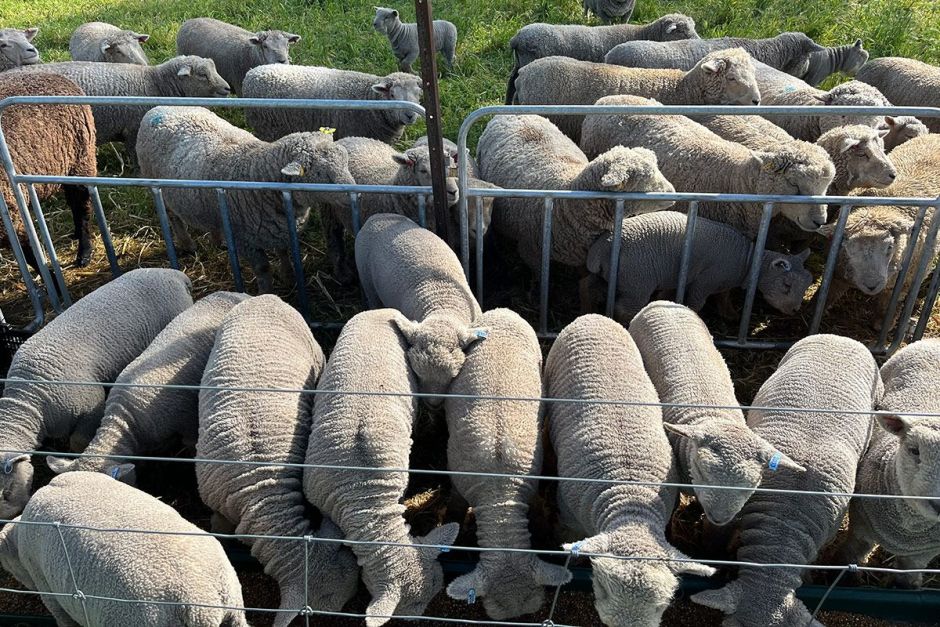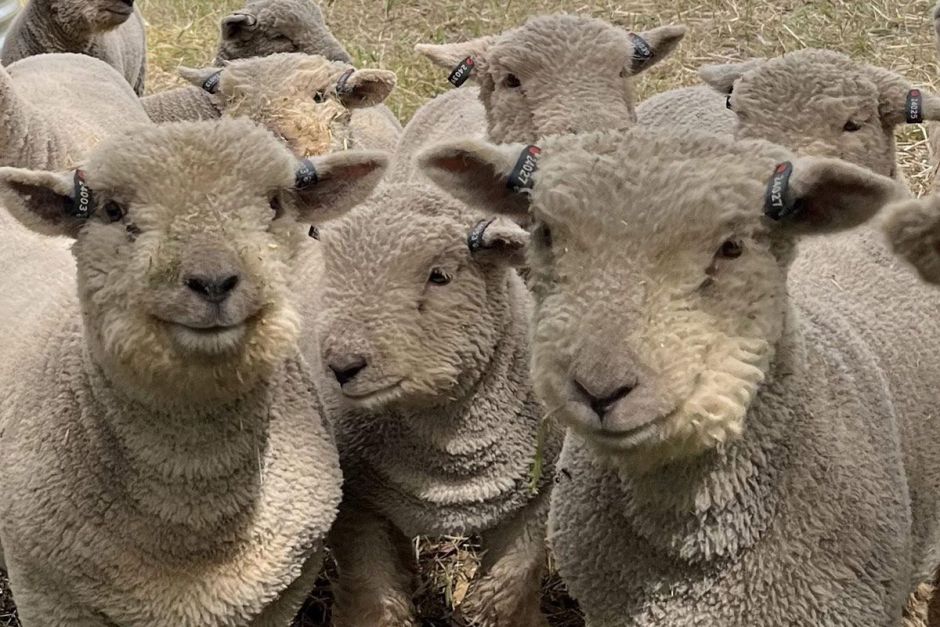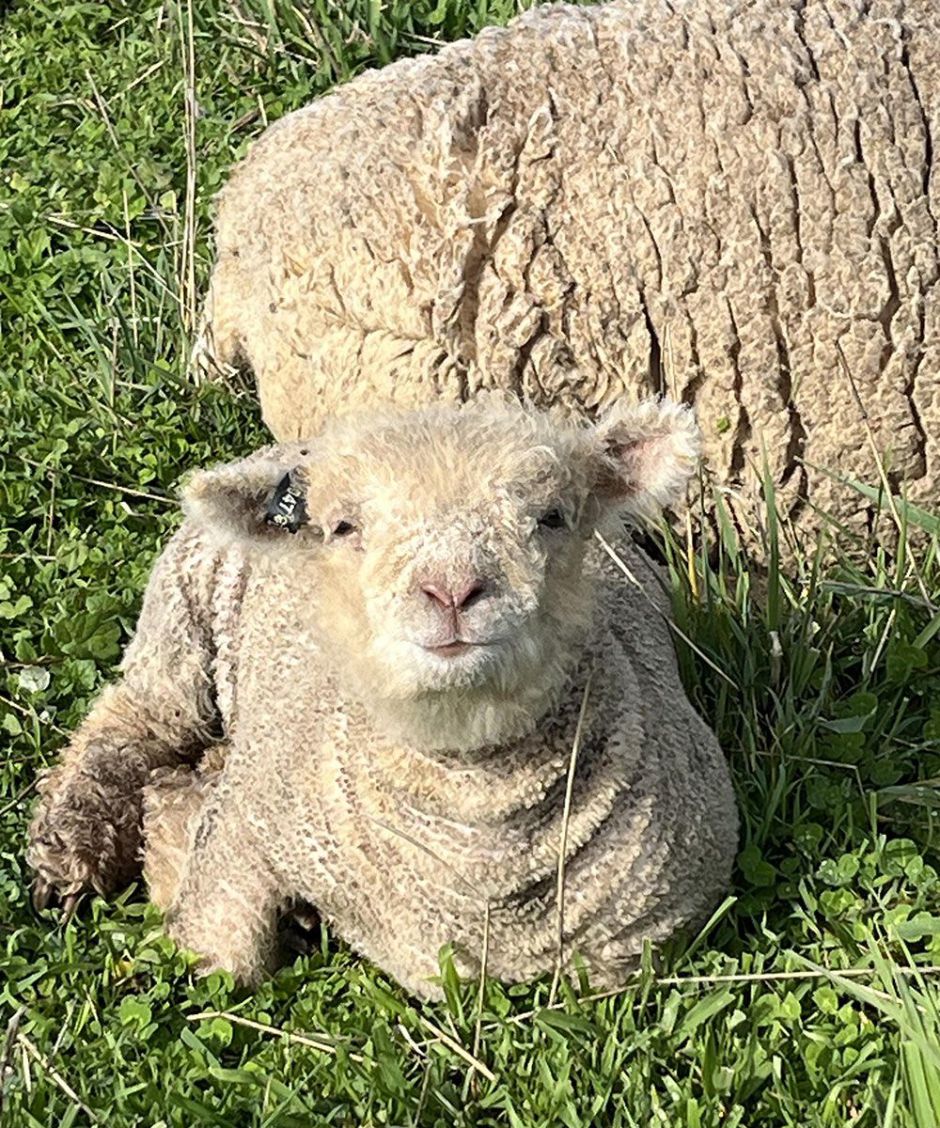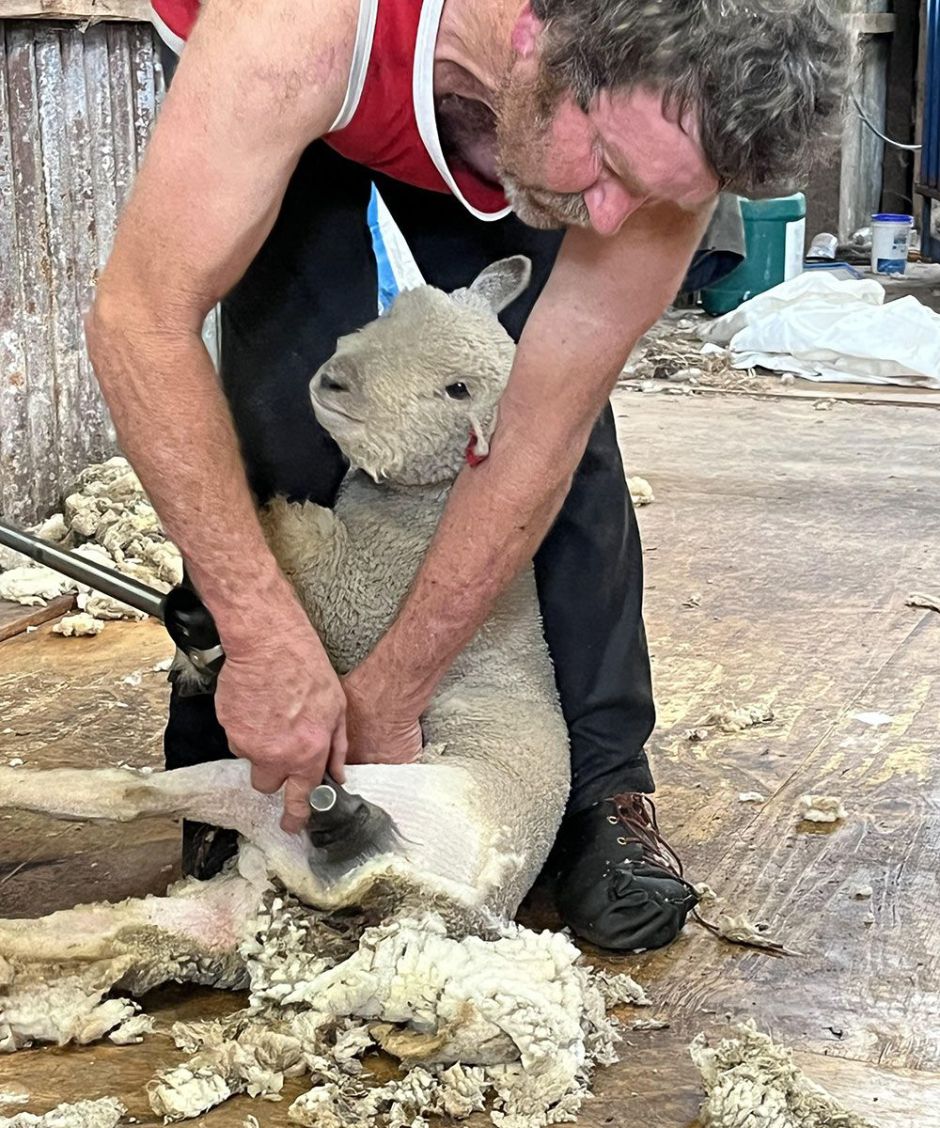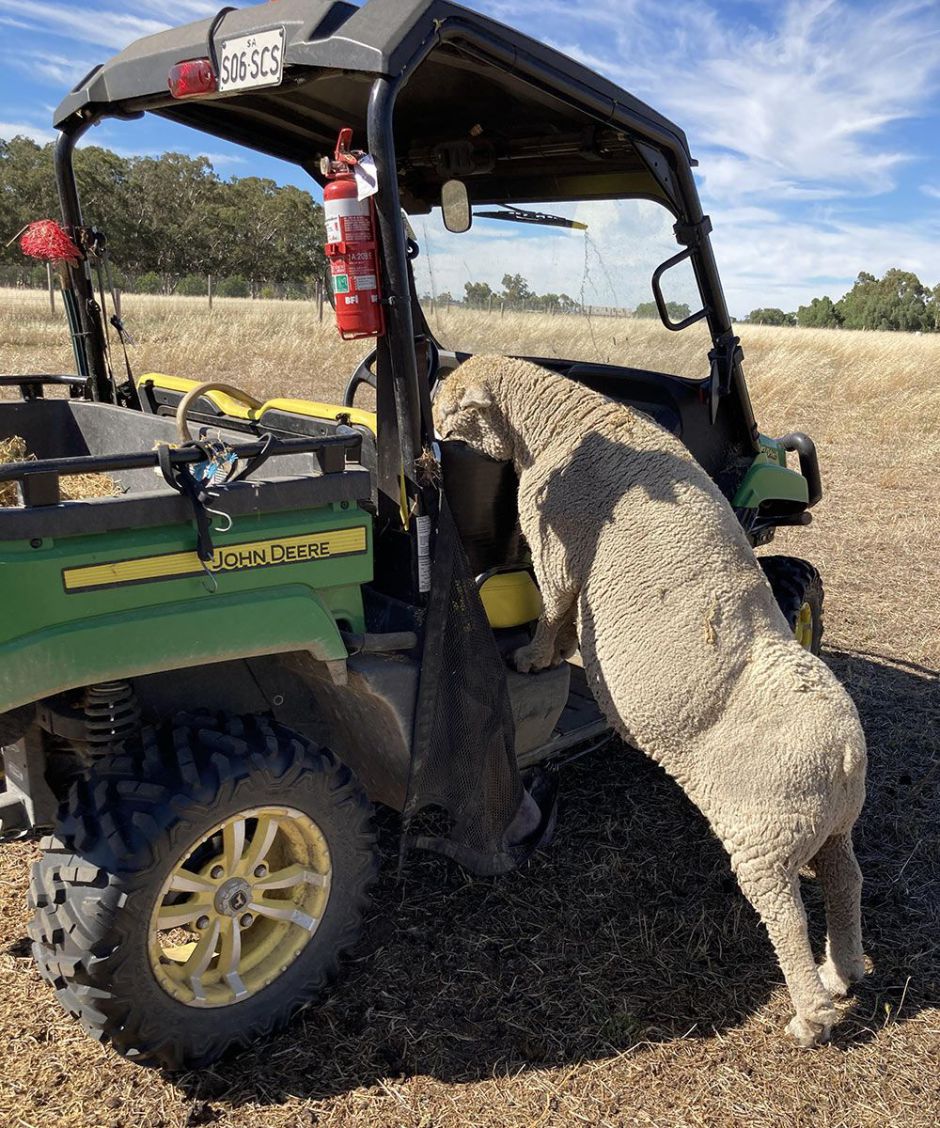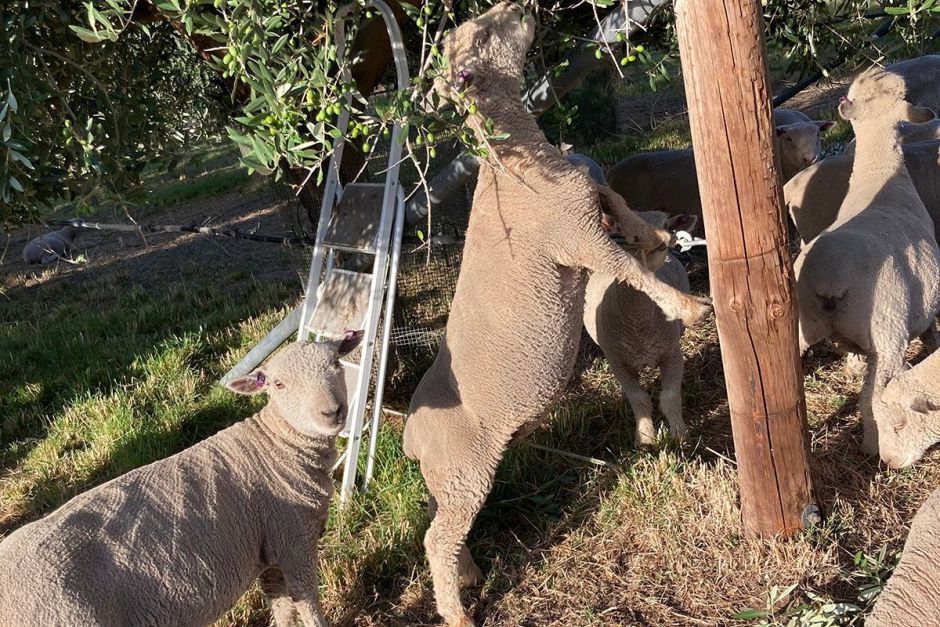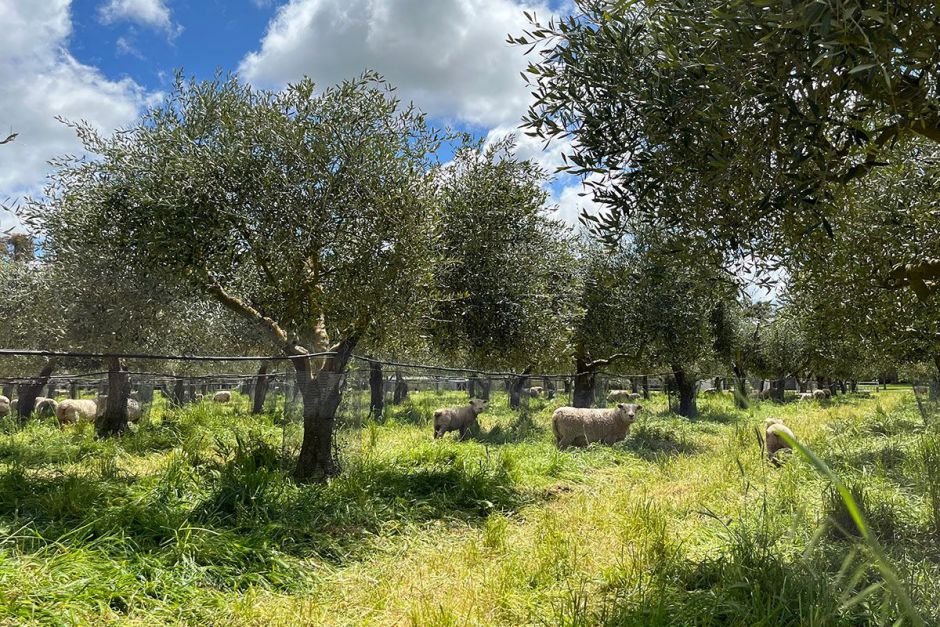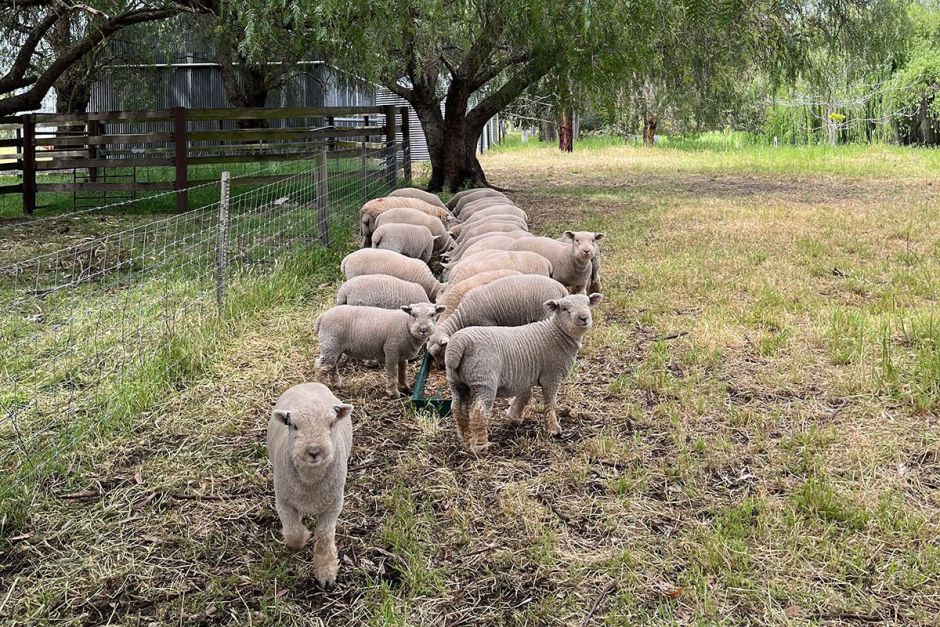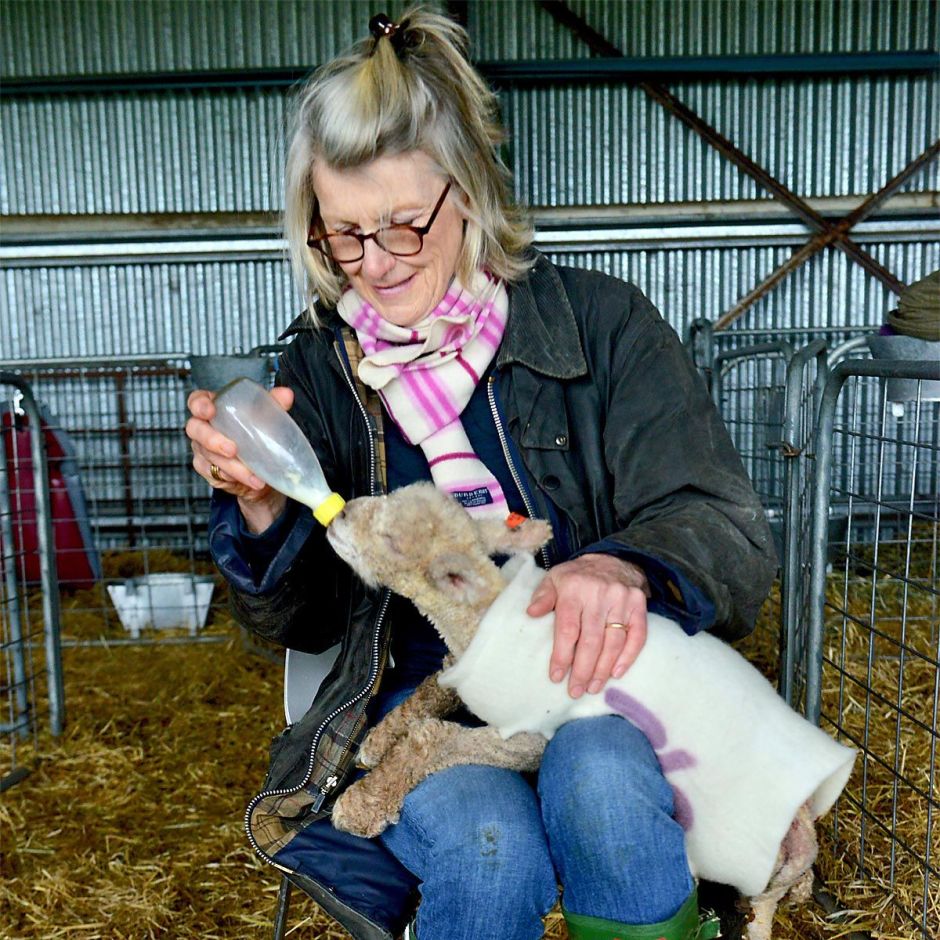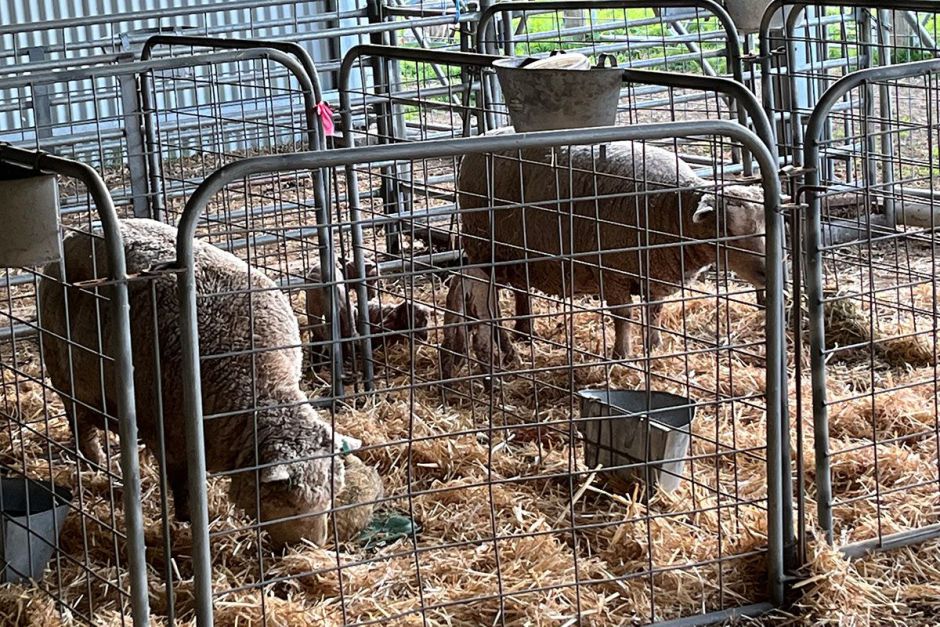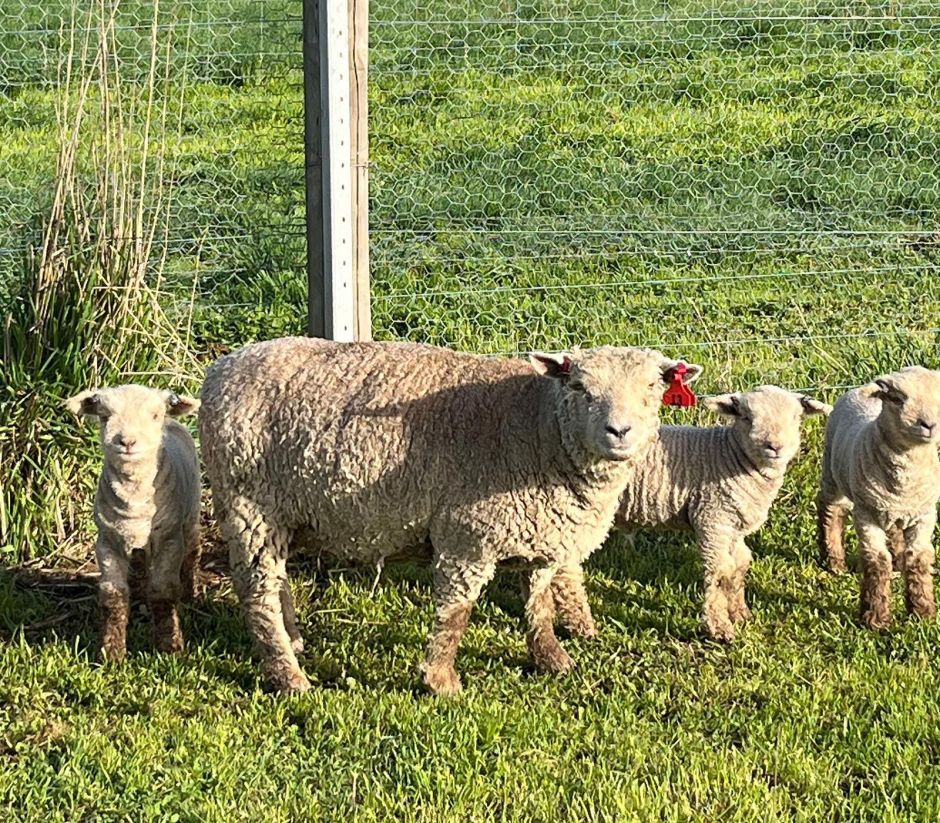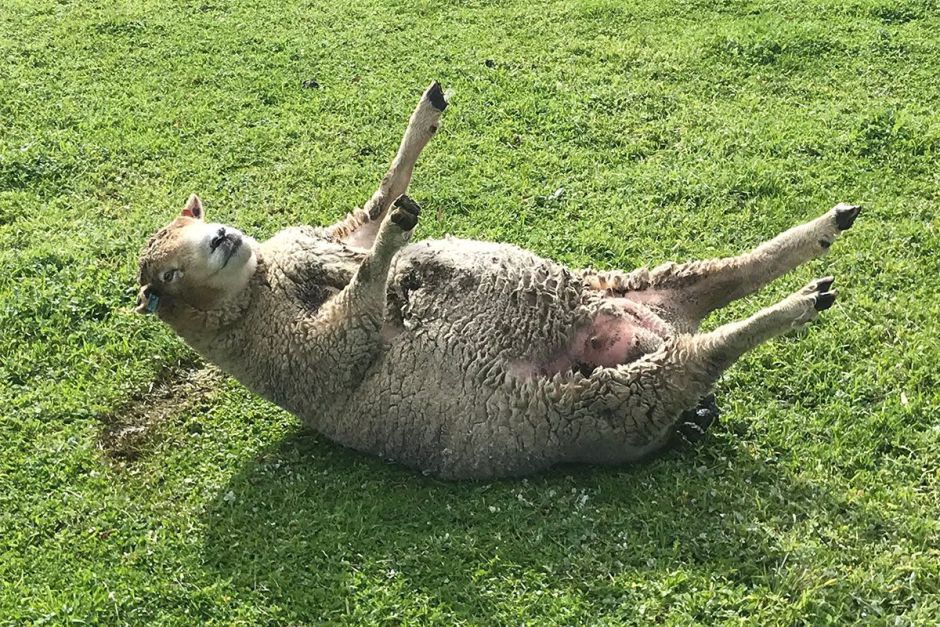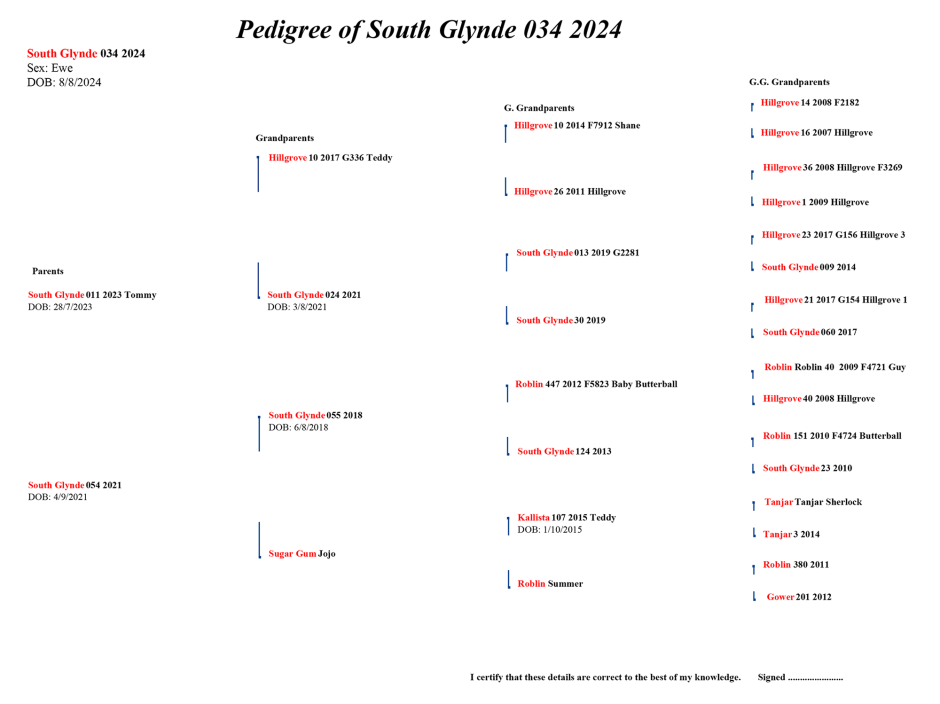Keeping Babydolls
Babydolls thoroughly deserve their reputation as good-natured, placid sheep. Their compact size makes them ideal for small-acre farms and easy to handle. Our sheep at South Glynde are trained from an early age to come to the sound of pellets rattling in a bucket. No sheep dog required.
They are a manageable introduction to sheep breeding for people new to livestock, or a really rewarding way to keep a small flock for others downsizing their livestock commitments. Many of our Babydolls go to new homes with retired farmers with a bit of land who can’t imagine a life without sheep.
The annual sheep health regime for Babydolls is no different to other breeds. Vaccinations, worm control treatments, crutching, drenching are all the same, all needing to be tailored to individual situations, stocking numbers and pasture conditions. Infrastructure needs to be fit for purpose. Babydolls might be small, but they’ll still push through a weak spot in a fence if the grass is greener on the other side.
For anyone new to keeping sheep, it helps to understand what’s required to keep them healthy before bringing them home. Talk to neighbours with sheep, your local veterinary clinic and go online. Sheep 101 has good, straightforward information, and Storey’s Guide to Raising Sheep is a really useful book with comprehensive information. Join a Babydoll sheep association. The BSAA provides regular newsletters to members and a meeting place on Facebook.
Owning livestock also means you have wider bio-security responsibilities. Your State’s department of agriculture will stipulate regulations for keeping sheep eg registering a PIC number (Property Identification Code). None of this is difficult. You just need to know what’s required and aware of the real risks of straying sheep.
The low maintenance option
The easiest way to enjoy Babydolls is to have wethers.
They are available at weaning, in spring, so 10-12 weeks old, so there’s the extra joy of having them as young sheep.
They can share a paddock with other livestock - horses, llamas, cows.
Your own Babydoll Family
Can’t resist having some of those sensationally cute Babydoll lambs of your own?
Make sure you buy registered, healthy ewes and a ram from a reputable breeder.
At South Glynde, we can provide a “starter flock” ready for the next two years’ of breeding. You’ll need several small paddocks, a companion for the ram when he’s not with the ewes, and to be familiar with the sheep husbandry needed for successful mating, lambing and raising sheep from birth.
While it is strongly advised not to mate ewes and rams until later in their second year, some people like to buy their “starter flock” as weaned lambs and so have the pleasure of seeing them mature. As the flock grows, we can provide new rams and ewes as required with the right genetics to avoid in-breeding.
Cross-breeding with Babydolls
Using a Babydoll ram to breed with ewes from bigger sheep breeds will produce smaller cross-bred lambs.
The Babydoll’s Southdown heritage as prime meat terminal sires sees some farmers cross-breeding in this way for the prime lamb market. Alternatively, if subsequent generations of the first cross-bred lamb (known as an F1) are also mated to (unrelated) Babydoll rams, then four generations later an F4 lamb, will be 93.75% Babydoll.
This is called Grading Up and if done according to the ASSBA regulations, sheep are eligible for inspection and admission into the ASSBA registry as a pure-bred Babydoll. Because Babydolls had become so rare and bloodlines so close, quite a few respected breeders have used this method to establish their flocks.
Other things to consider
-
Babydolls in orchards and vineyards
Our organic olive groves are integrated into our annual Babydoll grazing routine. The lambs are weaned into the grove in November when the mid rows are dense with clover. Raised irrigation lines allow them to move freely. Later, the ewes come into the grove at pruning, demolishing the whippier off cuts and stripping leaves off bigger branches. Olive leaves are rich in fibre, minerals and polyphenols and research is underway into whether the polyphenols reduce the effects of internal parasites. We see using olive prunings as fodder as a big plus for the health of our Babydolls.
There are definitely do’s and don’ts for sheep orchards and vineyards, some of which we’ve found out the hard way.
Generally, young sheep will not eat tree bark. But once they are what are called “two tooth”, watch out! That happens from about twelve months. A fellow olive producer in NSW fattens lambs for market in his extensive olive groves, happy that the lambs also take care of any suckers at the base of his trees. But as we’ve both found out to our cost, once sheep have their permanent incisors, they develop a taste for bark, no matter how much other feed is on offer. Trees that are ring-barked can struggle to survive.
As we like to run all ages of sheep in our grove, it’s meant putting sturdy guards around each tree. The sheep quickly squashed earlier flimsier chicken wire guards to the ground, using them as a ladder into the tree to eat leaves.
Which also proved that short legs, short sheep, won’t stop them getting up on their hind legs for tempting food higher up.
Many of our South Glynde wethers are bought to run in vineyards. Again, thought needs to go into how the annual requirements of vines and sheep coincide. These include the use of viticultural chemicals and how they affect livestock and the parasite prevention treatments for sheep if the vineyard is organic or biodynamic. Some of our clients have raised the wires and cordons in their vineyards, leaving less tempting foliage at sheep height and allowing movement through the vineyard.
More comprehensive information about running Babydolls in vineyards can be found at https://www.babydollsheepassociationofaustralia.com.au
-
Resist Resist Resist overfeeding
As hard as it is to ignore those pleading eyes, don’t overfeed Babydolls. They are descended from a long, long line of famously hardy and adaptable sheep. They maintain their condition in tough times much more readily than most other breeds and will quickly put on too much weight in good times. It’s especially important not to let ewes get too fat. It can prevent them conceiving and, if they are in lamb, cause difficult births. Learn to “condition score” your sheep so you can determine their feed regimes with greater accuracy.
-
Jackets on lambs
Our mating regime means our lambs are always born in winter. In the early days of the South Glynde stud we put white Wool over protectors on all our lambs at birth. A decade later, of the eighty of so lambs born, there will only be a couple of Woolovers put on lambs who are particularly vulnerable. What we’ve learned in the meantime, is that as long as the newborn Babydoll is safely up and drinking from mum, then even the weeniest of lambs are fine on the coldest of nights. Lambs mis-mothered or suffering hypothermia are taken to shelter to be revived and kept in a pen with their mother where, more often than not, there’s a happy ending.
-
Sheds for lambing
Our South Glynde lambs are born outside in a dedicated lambing paddock surrounded by a fox-proof fence and with direct access to a shed with pens. The paddock has plentiful natural shelter. The ewes are checked regularly and only brought into the shed if they are in difficulty. Protection from predators, especially foxes, is probably the main reason some Babydoll owners keep their ewes in sheds at lambing in which case good hygiene is critical.
-
Seasonal Breeders
Babydolls are what are known as seasonal breeders, meaning their natural mating season is restricted to a certain time of the year. For Babydolls, along with a handful of other British breeds, that means they will only breed in the autumn and early winter when shorter days increase their fertility. Our South Glynde ewes are mated in the first week of March.
-
Grass Seeds in Eyes
One of the characteristics we love most about our Babydolls-their woolly faces-means they are also prone to getting grass seeds into their eyes. They are not the only breed to experience this but check them daily during the height of the grass seed season. Look for difficulty opening an eye and/or a dark patch under the eye caused by weeping. Secure the sheep and, keeping the eye open, look for the object causing irritation. Usually it’s quite prominent and able to be pulled out, but if not, consult a vet. A grass seed left in an eye can cause life-threatening infection if not removed. Or even, in the case of Daisy, our pet lamb and star of the Landline story on our stud, it can result in removal of the eye. Damp wool can also lead to flystrike on the wool around the eye.
Ultimately, learn which are the worse times of the year in your area for grass seeds, which paddocks are worse, and whether hay provided has seeds which may cause problems if the sheep put their heads into the hay bale. Better to spread hay out on the ground in smaller quantities as required. And have the sheep “wigged”(the wool removed from their faces) at shearing time.
-
Getting stuck on their backs
Their short legs and short necks mean Babydolls sometimes roll over onto their backs and can’t leverage themselves back onto their feet. It’s called being cast. Watch out for it. A sheep on their back like this will become extremely stressed and in hot weather can die within 24 hours if not found. In our South Glynde stud of 100+ sheep, we rescue cast sheep about four or five times annually.
-
Limited Bloodlines
Their heritage status means there is a limited Babydoll gene pool, requiring an understanding genetics and pedigrees to avoid in-breeding. At South Glynde we use the Kintraks software to calculate in-breeding ratios and can provide our clients with pedigrees. Failure to take in-breeding into account with mating decisions jeopardises not just the health and life-span of the resulting progeny but the future of the breed.
